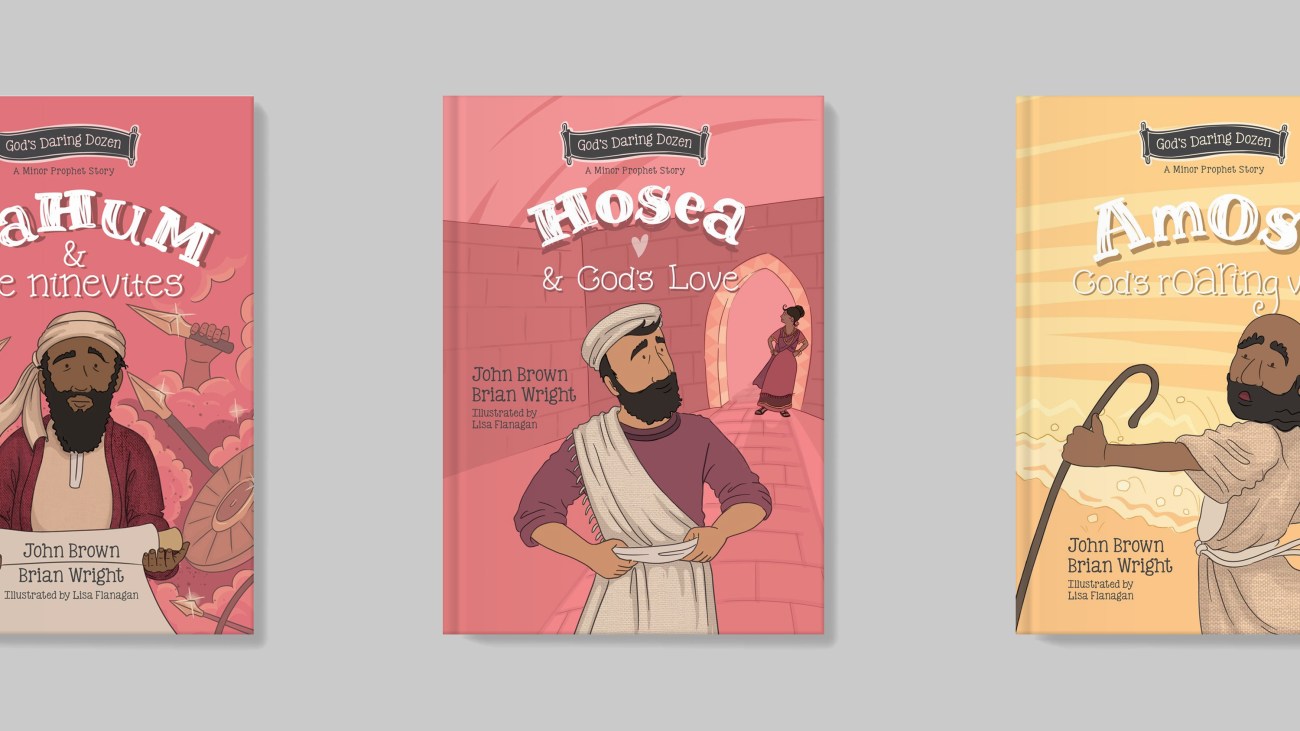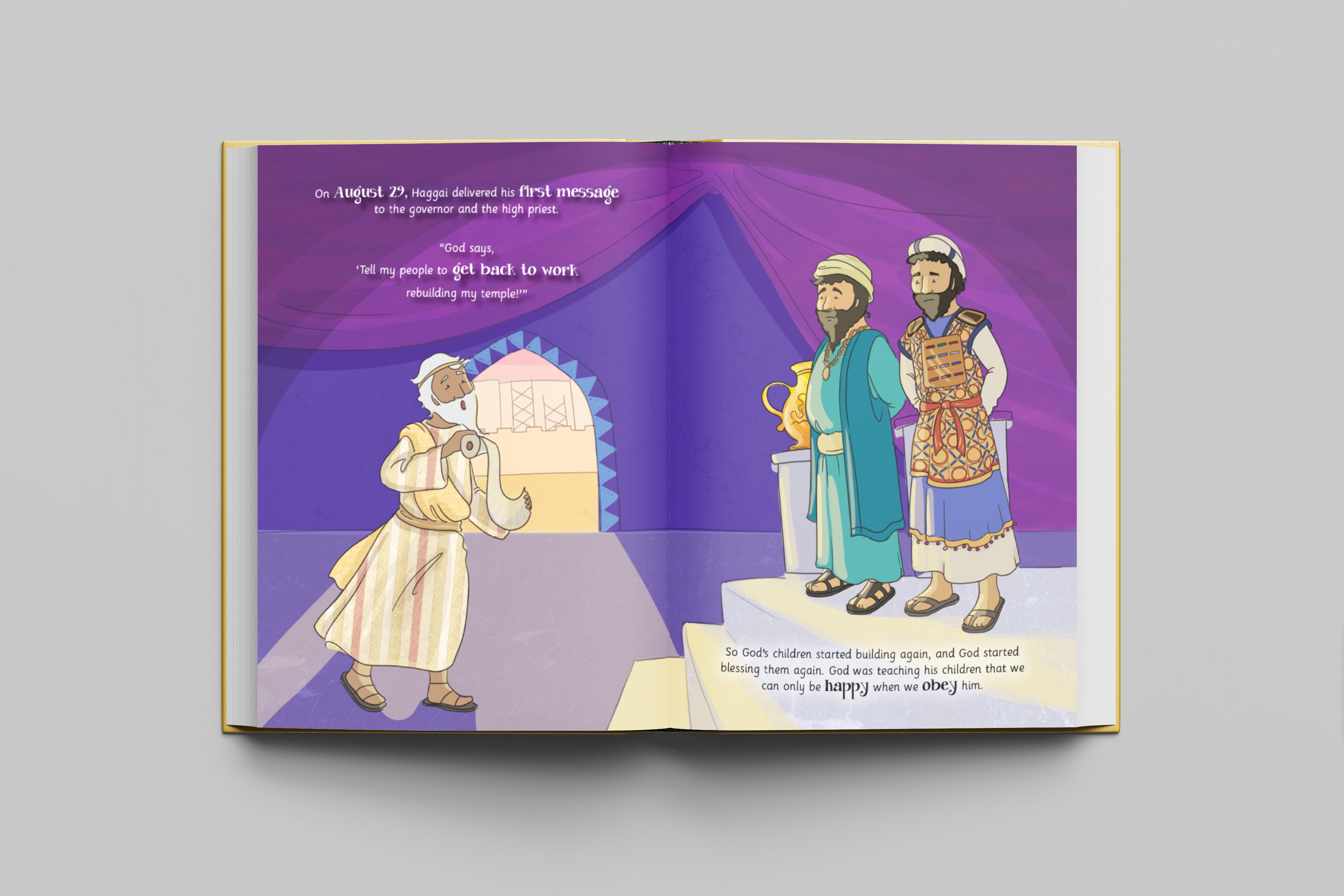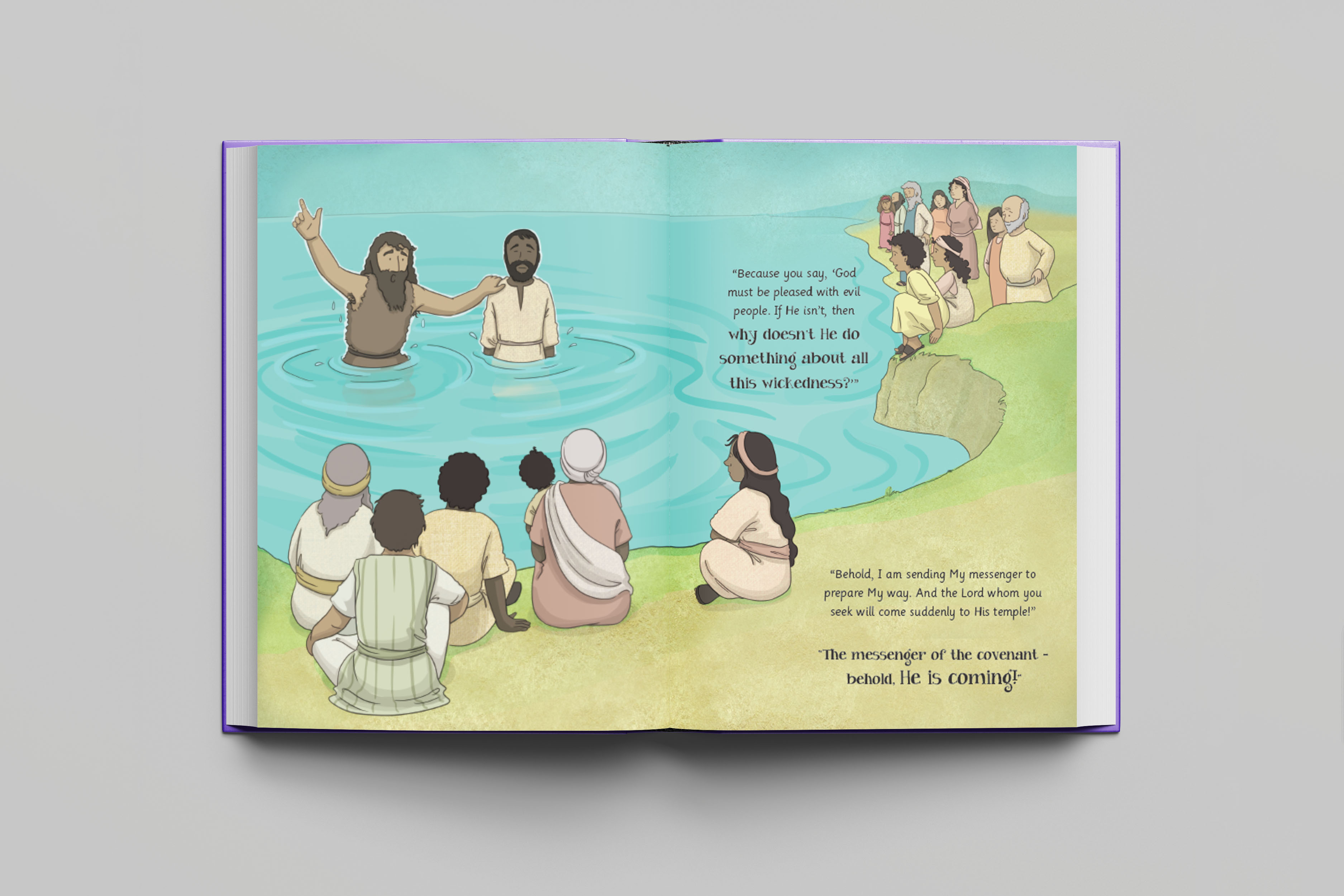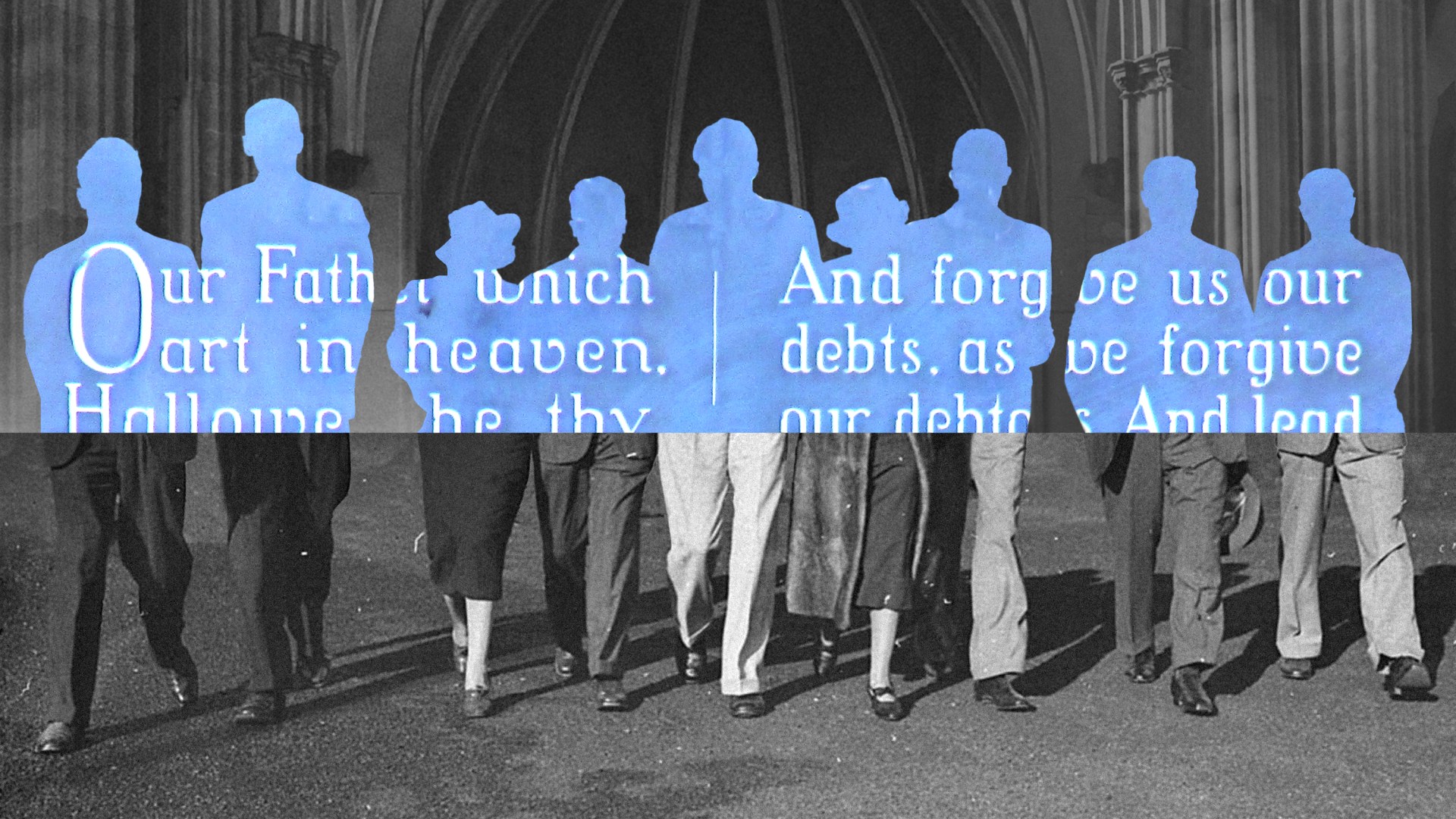This weekend, Martin Scorsese’s docudrama series The Saints will premiere on the streaming service Fox Nation. Four episodes will air leading up to Christmas, then the final four before Easter. I’ve watched two of the episodes—on Joan of Arc and Maximilian Kolbe—in advance. Other featured saints will include John the Baptist, Mary Magdalene, Moses the Black, and Francis of Assisi.
The Saints is not a scholarly or skeptical affair. Rather, it’s an unabashedly Catholic exploration of the lives of saints canonized by Rome, both ancient and contemporary, famous and overlooked.
For readers of Christianity Today, sainthood may elicit confusion, caution, curiosity, or contempt. But Protestants don’t need to keep the saint designation at arm’s length.
An essential thing to recognize about sainthood is that it takes time. The first seeds may be planted early in life, but usually years, even decades, pass before they show signs of growth. The process remains incomplete in this world.
Discerning true holiness in others is therefore always provisional. What Søren Kierkegaard observed about life applies also to sainthood—namely, that though it must be lived forward, it can be understood only backward. Saints are seen in hindsight, not least because in the moment they are most likely to arouse not affection or gratitude but befuddlement and spite.
In any case, holiness—both the gift of it and growth in it—has been at the heart of the Christian life from the beginning. Indeed, it precedes the Christian life; it lies at the very center of the law of Moses.
In Leviticus 19, the Lord commands Moses to say to Israel, “Be holy because I, the Lord your God, am holy” (v. 2). One chapter later, he elaborates: “Consecrate yourselves and be holy, because I am the Lord your God. Keep my decrees and follow them. I am the Lord, who makes you holy” (20:7–8).
Israel’s holiness consisted of at least three components: separation from the nations, obedience to the Lord’s commands, and proper worship rendered to him. The holiness of God’s people would mirror the holiness of God himself.
This vision finds fulfillment in the new covenant. Jesus is the Holy One who, after his resurrection from the dead and ascension into heaven, sent the Holy Spirit of the Father upon Jews gathered from every corner of the globe (Acts 2:1–42). God himself sanctifies his people, as he promised.
This extraordinary gift extends even to Gentiles—the very peoples from whom Israel was set apart—so much so that Peter can write to them as former idolaters to whom the words of Moses now apply: “As he who called you is holy, so be holy in all you do; for it is written: ‘Be holy, because I am holy’” (1 Pet. 1:15–16).
In the decades and centuries following the apostles, a practice developed in the church by which to name, honor, and remember this sanctifying work of God in women and men who followed Christ to the end of their lives. The apostles had called all believers saints, or “holy ones,” in recognition of the Spirit’s transforming presence in each and every one of the baptized. Now Christians whose faith and love had shone with particular beauty were themselves set apart from the rest of God’s holy people with the honorific Saint, a title that designated an individual retrospectively as a notable recipient or instrument of God’s power.
Two different precedents were at work here. One lay in the New Testament’s celebration of special figures in the Old Testament as precursors of Christ, “types” who pointed forward to the coming of the Messiah. The heroes of faith recounted in Hebrews 11, so memorably described as a “cloud of witnesses” (12:1), encapsulate this pattern.
The idea is not that we possess an exhaustive list of every name of every faithful Israelite. On the contrary, most of the faithful before Christ, as with those since Christ, are unnamed and unremembered (except by the Lord).
The idea instead is that all communities find ways to remember foundational leaders and exemplars in order to hold them up as embodied illustrations of how to live. All the more so for God’s people, sinners that we are. The saints are not so much paragons of virtue as they are vessels of divine grace—flesh-and-blood evidence that our depravity is no match for divine power. By a miracle, holiness is possible in this life.
The second precedent came with martyrdom. Martyr comes from the Greek word for “witness.” Originally applied to the eyewitnesses of the Resurrection, it became a general term for all believers; to follow Christ was to bear witness to him in word and deed. Beginning with Stephen, however, and continuing into the rest of the bloody first century, the word martyr became a title reserved for those who gave their lives for Christ. These were the first to be remembered by name in the liturgies and devotions of the early church; they were the prototype for all the saints to come.
Put it this way: All Christians are lowercase martyrs, witnessing to Christ by their lives, but only some Christians are uppercase Martyrs, witnessing to Christ by their deaths.
In the same way, all Christians are lowercase saints, made holy by the Spirit of Christ, but only some Christians are uppercase Saints, whose holiness so pervaded the course of their lives that the church preserves their memory and offers it as an example to the faithful forever.
Sainthood takes time, in part because it is so strange. Saints do not fit in. Their lives are wild, unruly, and off-putting. They exist on the margins. They dwell in the desert. They see visions and dream dreams. They perform signs and wonders. They are not you and me—at least, not most of the time.
In The Saints, Martin Scorsese is not afraid to portray this alarming strangeness. In fact, the saints’ singular unclassifiable nature is what appears to fascinate him.
Scorsese, who turns 82 on Sunday, has always been haunted by the Catholic faith of his upbringing, growing up in Little Italy before the reforms of the Second Vatican Council. The Last Temptation of Christ (1988) and Silence (2016) might seem like outliers to those familiar only with the filmmaker’s crime and gangster flicks; they are anything but. One could argue that the rest of his filmography cannot be understood except through the prism of these stories and the themes and questions that animate them.
Scorsese is obsessed with the margin: what it defines, what it excludes, and who stands on the outside. Jesus, according to one Catholic scholar, was “a marginal Jew.” He stood at the edge of society. So, in their own way, do killers and hustlers, gangsters and criminals, Portuguese missionaries and members of Osage Nation.
So, too, do Catholic saints. Consider Joan of Arc.
Born just seventy years before Martin Luther, Joan was a French maiden who began having visions that charged her with bringing an end to decades of war in France. She cut her hair, dressed in men’s clothing, and found an audience with Charles VI. Somehow, he heard her out and granted her request. At 16 years old, she led men to battle in one victory after another—within the year Charles was crowned. A little over two decades later, the Hundred Years’ War was over: The English were expelled, civil unrest came to a close, and France was saved.
Unfortunately, Joan had been captured by the enemy in 1430, and after a lengthy series of ecclesiastical trials for heresy (including the charge of dressing like a man), she was burned at the stake on May 30, 1431. Although the charges were overturned by Rome in the 1450s, it was not until 1920 that she was formally canonized as a saint.
What are we to do with a saint like Joan, the Maid of Orleans? Was she delusional? Did she need psychiatric help? Was she a blood-soaked nationalist killing in the name of God? Was she a feminist pioneer ahead of her time? Or was she a French Jael, driving a tent peg through the temple of the English invaders?
Scorsese’s docudrama doesn’t take the bait. There is no explaining away. There is no explaining at all. The supernatural is taken for granted, and the details of the story are left to fend for themselves. They may be challenging to modern mores, but they aren’t taken to require revision. This is the right decision. To remove the strangeness of the saints is to remove their reason for being.
Paul says, “Follow my example, as I follow the example of Christ” (1 Cor. 11:1). Pilate said of Christ, “Here is the man” (John 19:5). The saints—and The Saints—put these verses together. They present a man or woman to behold and thereby pose a question: “Is this a specimen of holiness? Is this a vessel of divine grace? Is this an imitation of Christ? Should you, too, follow this one as she or he follows Christ?”
Scorsese and his collaborators are wise to leave the question hanging in the air. The saints are interrogative. They put us in the dock. Joan and John, Peter and Paul, Moses and Monica: these have already heard the divine verdict. You and I are still pilgrims. The story of our lives remains unfinished. In the words of François Mauriac, “It is never too late to become a saint.”
Brad East is an associate professor of theology at Abilene Christian University. He is the author of four books, including The Church: A Guide to the People of God and Letters to a Future Saint.







































































